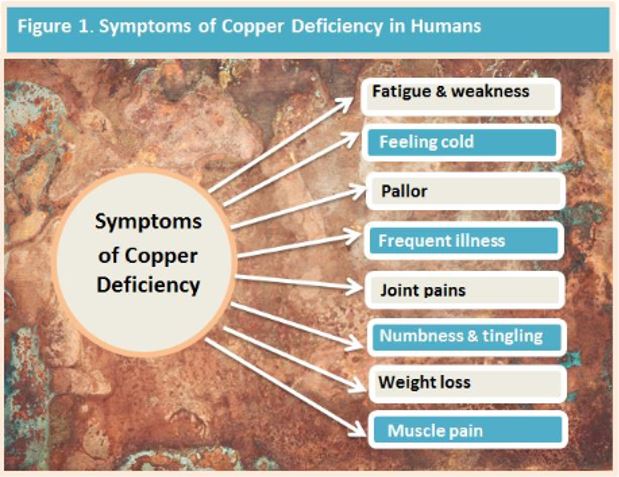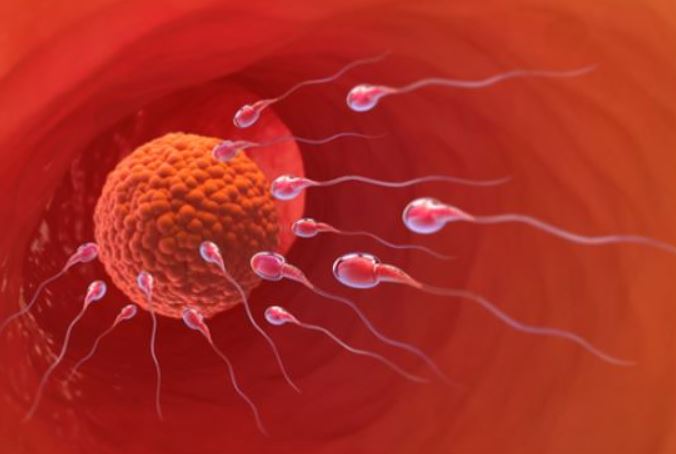It’s a New Year so make HTMA Your New Year’s Resolution
As this momentous year slides to a close, we’re all looking forward to some summer holiday downtime. This year commenced on the back of nationwide drought, with devastating bushfires. By February, the bushfires were under control and COVID hit. What can one say? As practitioners, we spend much of our time giving. The simple truth is that you can’t take care of others until you take care of yourself! Since travel, dancing,...
Viruses, Nutritional Immuno-Modulators and Metabolic Types
The immune system is a complex network consisting of cells, tissues and organs and their coordination is required to protect the body from infectious pathogens or viruses and non- infectious foreign substances. It is essential for the immune system to be at its optimum for resistance to invading pathogens and for the development of immunity. Optimisation of the immune system depends upon many factors, not the least of which includes...
Chromium – Mastering Minerals Series 1
InterClinical eNews June 2020, Issue 107 Chromium is the eighth largest classical element in the earth’s crust.1 The human body’s total content is approximately 6 milligrams. 8 It is widely distributed in the atmosphere, soil, water, animals and plants in the form of chromite. Chromium is a biologically active element which is at its highest in body tissue at birth and declines with age. 8 The first major research on chromium in...
Magnesium – Mastering Minerals Series 1
Magnesium is the fourth most abundant mineral and is essential for good health. Approximately 600 enzymes depend upon its presence in our body in sufficient amounts.1 It affects many cellular functions including the transport of potassium and calcium ions. As well, magnesium modulates signal transduction, energy metabolism and cell proliferation. Magnesium has a huge role in bone mineralisation, cardiovascular health and the nervous and neuromuscular systems. It participates in the metabolism...
Copper Deficiency & Excess – Mastering Minerals 10 Masterful Facts
InterClinical eNews March 2020, Issue 102 Characteristics of CopperFactors Affecting Cu Homeostasis ScurvyLiver FunctionGenetic DisordersHigh Zinc Intake: Zn/Cu RelationshipCeruloplasmin and Citrate used in supplementsCopper Anemia Potassium Deficiency and CuCopper and dietBioavailabilityDetermining Cu statusConclusion REFERENCES Characteristics of Copper Copper is an essential micronutrient. The human body contains approximately 100 mg. It is a co-factor for many redox enzymes with ceruloplasmin being the most abundant Cu-dependent ferroxidase enzyme (with an important role in iron metabolism)....
Manganese – Mastering Minerals Series 1
InterClinical eNews February 2020, Issue 101 In this issue we examine one of the lesser known nutrients, Manganese. Although this is a trace element and is needed by the body in very small quantities, it is critical for good health. What is manganese’s role in good health? How do we know when to prescribe it? ‘A well-known professional basketball player was a devout vegetarian. He felt he performed better if he kept...
Reclaim Your Vitality with Carotenoids
InterClinical eNews January 2020, Issue 100 There are at least 600 known natural carotenoids but only those possessing a 3-hydroxy-epsilon end group have vitamin A activity. Beta carotene is a part of that group. Beta-carotene is the precursor of vitamin A - an essential vitamin for retinal function and mucosal protection in the body. Beta carotene also provides significant antioxidant support to the skin and the eyes where it is able...
Heart Disease, Copper and Soft Drinks
InterClinical eNews June 2019, Special Edition Recently a popular news story warned that high, long term consumption of sweetened beverages such as soft drinks and soda may increase health risks. A study published in the journal Circulation (1) found that sugar-sweetened beverages, as well as artificially sweetened beverages, were associated with mortality rates. The study consisted of over 37,000 men and over 80,000 women who were followed for over 20 years. Their...
Conception – Zinc’s Critical Role in Early Egg Maturation
InterClinical eNews October 2018, Issue 85 With up to 15 % of Australian couples struggling to conceive, infertility has become an important public health concern. (1) Whilst the causes of infertility may be multifactorial, researchers at Pennsylvannia State University desired to understand the role of zinc in early infertility, particularly egg quality, viability and maturation. They also sought to determine how early in the egg's development zinc begins to affect egg quality. (2) The Study The researchers collected preantral...







